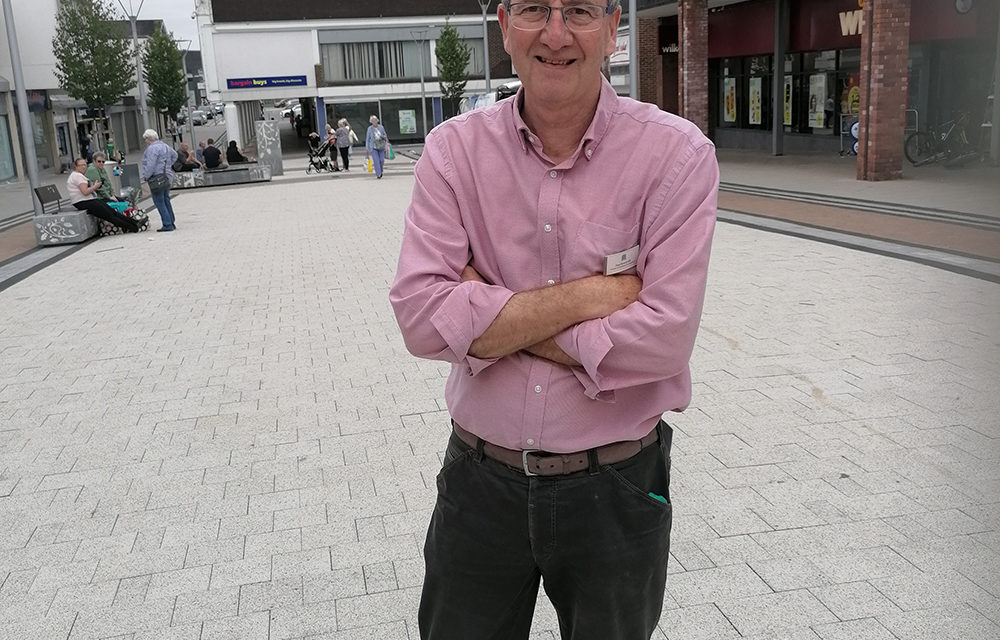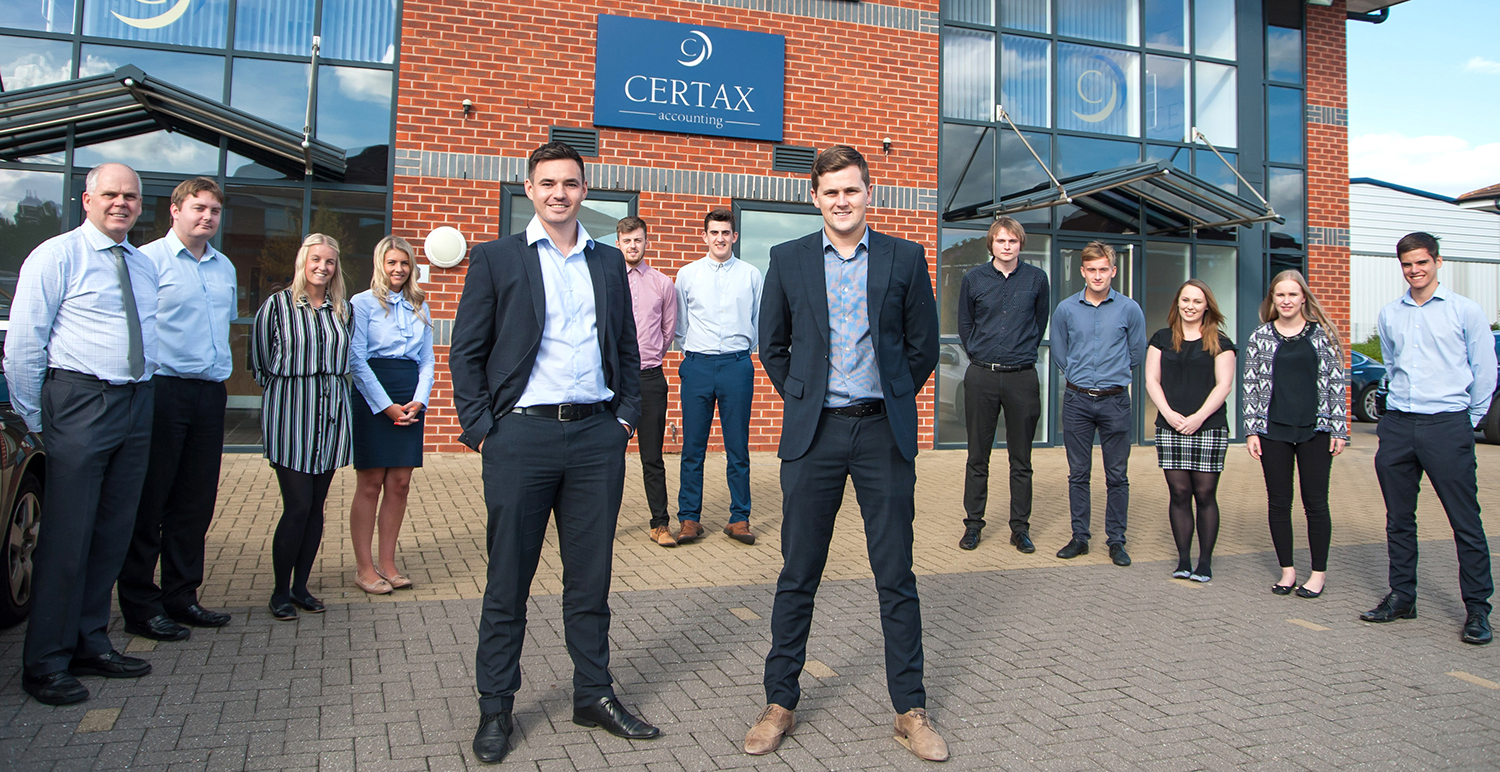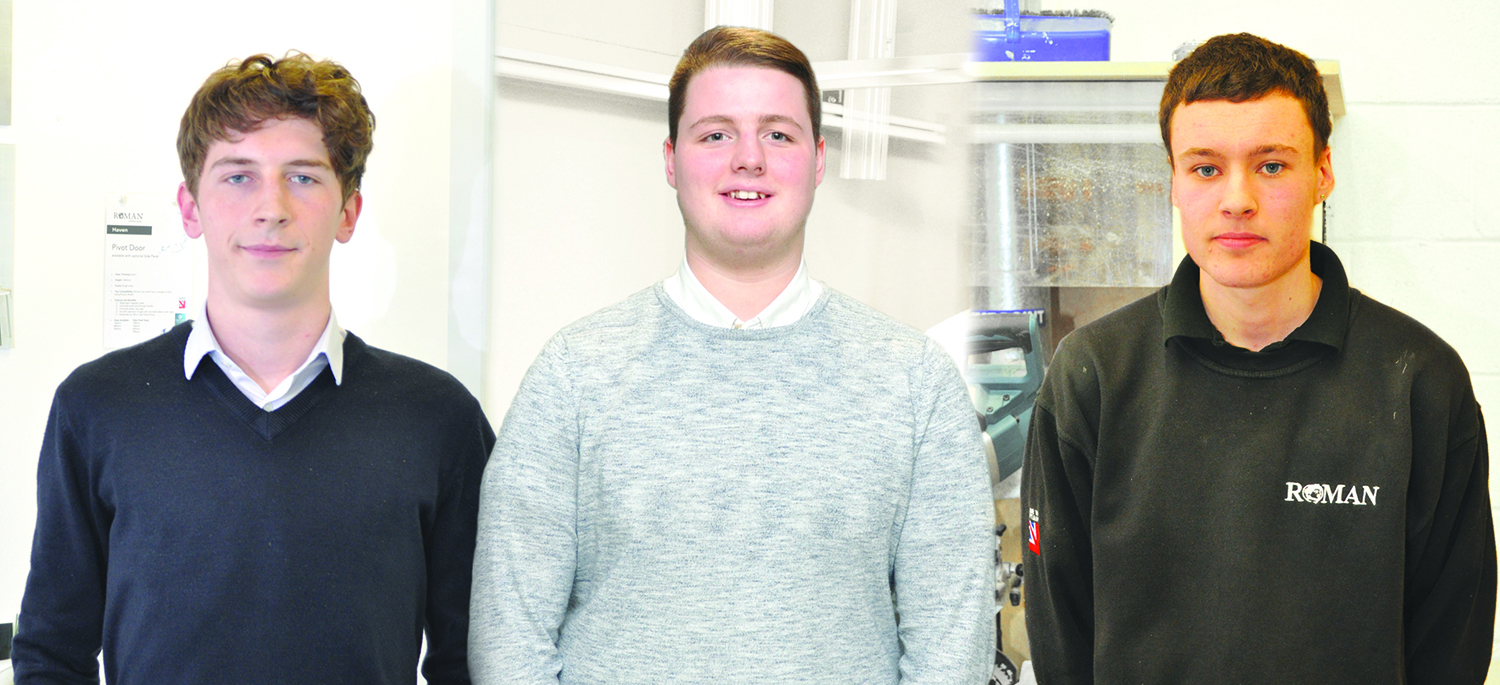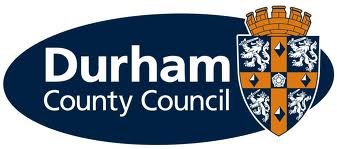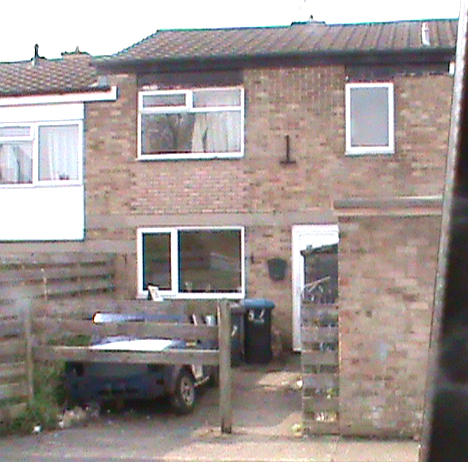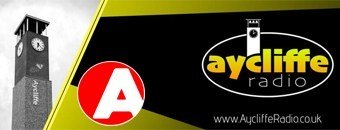Week commencing 1st April started with Easter Monday when I was at Ferryhill and Sedgefield, then it was constituency work on Tuesday. This started with a local business coming to see me at the office before I then went to Hitachi for another meeting with the Union team. We were joined by management, but I then had separate conversations with the shop stewards. Despite the worrying circumstances, these meetings are convivial with all parties looking for how we find the best way forward. I ensure that all outputs from these conversations are communicated to the Secretary of State and his team to maximise the possibility of success. Meetings with all parties will continue to explore all options over the coming weeks.
I then caught up with a constituent and his mum in Costa at Newton Aycliffe before going to Aycliffe Village Hall to meet residents, in particular about the smell from the quarry, I will be meeting the Environment Agency on 11th April to see what they are going to do next as this has gone on for far too long.
This was followed by a catch up with my team, to discuss casework and plans for the week as I was taking a few days away over Easter. When I return there will be more constituency work, with issues including the Arriva bus connections, in particular between Trimdon Fishburn, Sedgefield and Newton Aycliffe, but also to Cornforth and Ferryhill etc. I am encouraging Durham County Council to either get a resolution with Arriva or find another way to reconnect people. I will be going to the Aycliffe Community Hub meeting before the regular session between Durham County Council and all their MPs before a couple of constituency meetings and then it is the Darlington Mayor’s Ball. Sedgefield Constituency is about 40% in Darlington Borough Council and 60% Durham County Council, by area.
When I head to Westminster, on Monday 15th April, we will start with questions to the Home Secretary and then to the business of the week. The Palace of Westminster itself is a particularly interesting place and here is a little glimpse into the history of Big Ben and the Elizabeth Tower.
Following the Great Fire of 1834, which was caused by the unsupervised burning of two large cartloads of wooden tally sticks (a form of medieval tax receipt) that destroyed most of the Palace of Westminster, the architect Charles Barry won a competition held to choose a design for the new building. The Astronomer Royal, Sir George Airy, judged another competition to build a clock for inclusion in Barry’s design. Although the clock is commonly referred to as Big Ben, Big Ben is in fact the Great Bell which sounds the hour. Big Ben is thought to be named after Sir Benjamin Hall, Chief Commissioner of Works at the time the bell was installed. The first bell, cast in 1856 at Stockton-on-Tees, was brought to London by rail and sea. During tests in New Palace Yard a fatal crack appeared. The bell was broken up and a second bell was cast at the Whitechapel Bell Foundry. Edmund Denison, an amateur horologist, designed the Great Clock and the clockmaker Edward Dent constructed it. The Great Clock was installed in 1859 and started on 31st May. The Great Bell, Big Ben, began striking on 11th July 1859. The BBC first broadcast the Westminster Chimes on New Year’s Eve 1923.
In 2012, the Clock Tower, at the north end of the Palace of Westminster, was renamed the Elizabeth Tower in recognition of HM The Queen’s Diamond Jubilee and stands as a symbol of not only the United Kingdom, but of democracy. The bells of Big Ben have been ringing for over 160 years, despite the effects on the building of bombing during the Second World War, as well as weather and pollution. But, like other buildings of a similar age, the Elizabeth Tower suffered from problems that needed to be overcome and, in 2017, the largest and most extensive conservation of the Elizabeth Tower began to preserve the clock tower for future generations. In 2022 Big Ben was brought back into regular service and the conservation was completed in the same year.
It’s hoped that you enjoyed the brief insight into some of the history of the Palace of Westminster and, as always, if you want to get in touch, please call Newton Aycliffe 01325 790580 or email: paul.howell.mp@parliament.uk
Parliament Talk
